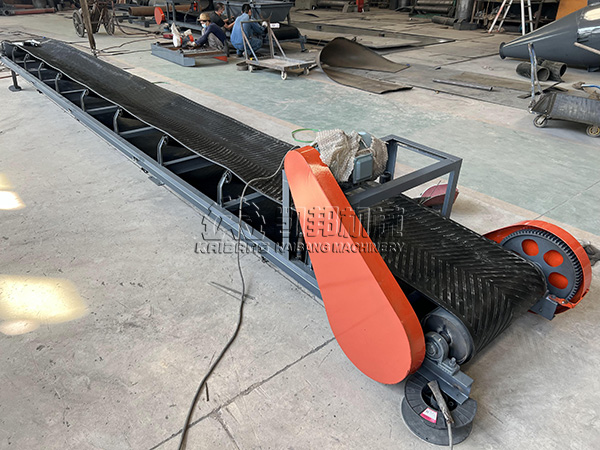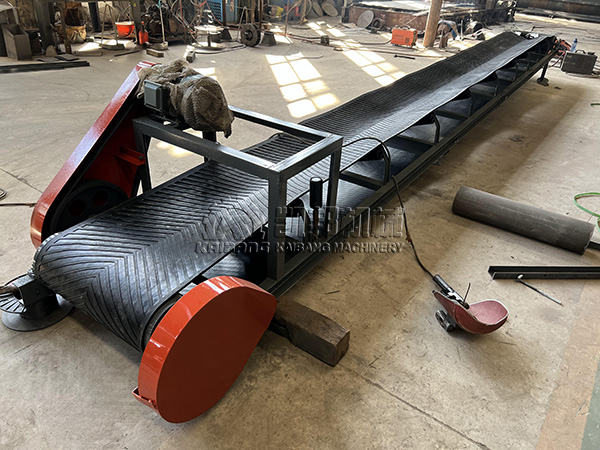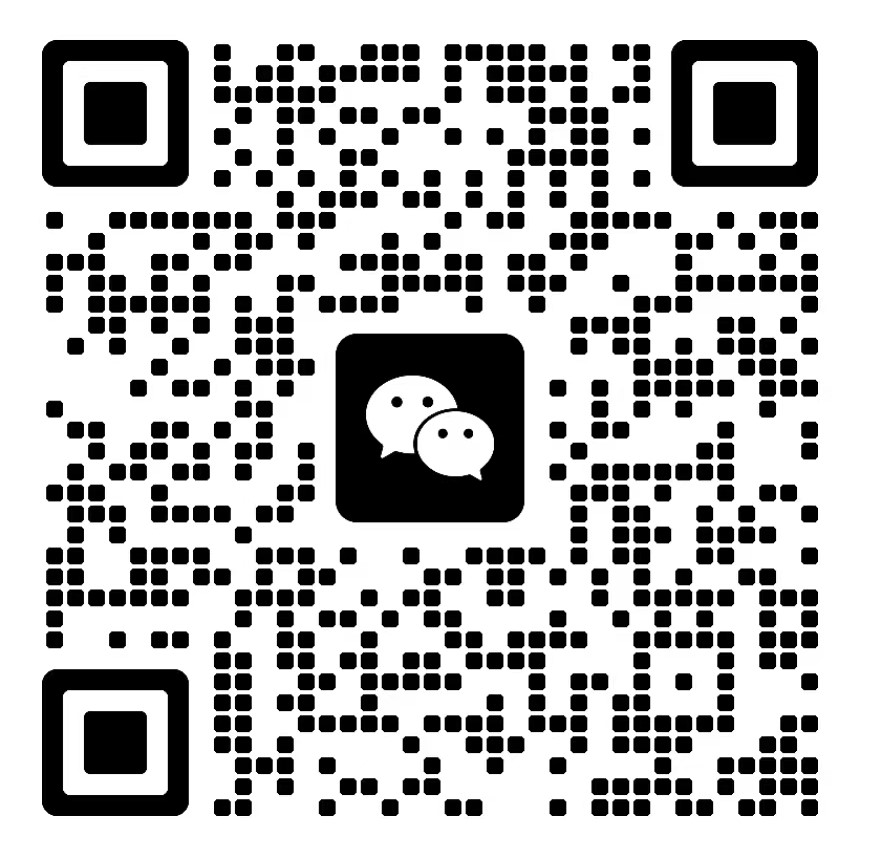News
Solution to the deviation of conveyor belt of mechanical charcoal machine supporting equipment
Everyone knows that Charcoal machine equipment is operated by multiple equipment to produce mechanical charcoal, and belt conveyor is one of the small equipment. Sometimes customers will ask us why the belt conveyor belt often deviates, and how to solve it? Kaibang Charcoal Factory will introduce it to you in detail:
1. Adjust the load-bearing roller group: When the belt of the belt conveyor deviates in the middle of the entire belt conveyor, the position of the roller group can be adjusted to adjust the deviation; during manufacturing, the mounting holes on both sides of the roller group are processed into long holes for adjustment. The specific method is to move the side of the belt to which the belt deviates, and the side of the roller group moves forward in the direction of the belt's advance, or the other side moves backward. If the belt deviates in the upward direction, the lower position of the roller group should move to the left, and the upper position of the roller group should move to the right.
2. Install the self-aligning roller group: There are many types of self-aligning roller groups, such as intermediate shaft type, four-link type, vertical roller type, etc. The principle is to use blocking or rollers to rotate in the horizontal plane to block or generate lateral thrust to make the belt automatically centripetal to achieve the purpose of adjusting the belt deviation. Generally, it is more reasonable to use this method when the total length of the belt conveyor is short or the belt conveyor is running in both directions, because the shorter belt conveyor is more likely to deviate and is not easy to adjust. It is best not to use this method for long belt conveyors, because the use of self-aligning roller groups will have a certain impact on the service life of the belt.

3. Adjust the position of the drive roller and the redirecting roller: The adjustment of the drive roller and the redirecting roller is an important part of the belt deviation adjustment. Because a belt conveyor has at least 2 to 5 rollers, the installation position of all rollers must be perpendicular to the center line of the length direction of the belt conveyor. If the deflection is too large, deviation will inevitably occur. The adjustment method is similar to that of adjusting the roller group. For the head roller, if the belt deviates to the right side of the roller, the right side bearing seat should be moved forward. If the belt deviates to the left side of the roller, the left side bearing seat should be moved forward. Correspondingly, the left side bearing seat or the right side bearing seat can also be moved backward. The adjustment method of the tail roller is just the opposite of the head roller. After repeated adjustments, the belt is adjusted to a more ideal position. It is best to accurately install the position before adjusting the drive or redirection roller.
4. Adjustment at the tensioning point: Adjustment at the belt tensioning point is a very important part of the belt conveyor deviation adjustment. The two redirection rollers at the top of the weight tensioning point should be perpendicular to the belt length direction and the gravity vertical line, that is, to ensure that the center line of the shaft is horizontal. When using spiral tensioning or hydraulic cylinder tensioning, the two bearing seats of the tensioning roller should be translated at the same time to ensure that the roller axis is perpendicular to the longitudinal direction of the belt. The specific belt deviation adjustment method is similar to the adjustment at the roller.

5. The influence of the material drop position at the transfer point on the belt deviation: The material drop position at the transfer point has a great influence on the belt deviation, especially when the projection of the two belt conveyors on the horizontal plane is vertical. The relative height of the upper and lower belt conveyors at the transfer point should usually be considered. The lower the relative height, the greater the horizontal velocity component of the material, the greater the lateral impact on the lower belt, and the material is also difficult to center. The material on the cross section of the belt is deflected, which eventually leads to the belt deviation. If the material deviates to the right, the belt deviates to the left, and vice versa. The relative height of the two belt conveyors should be increased as much as possible during the design process. The form and size of the upper and lower funnels, guide troughs and other parts of mobile bulk material conveying machinery with space restrictions should be carefully considered. Generally, the width of the guide trough should be about two-thirds of the belt width. In order to reduce or avoid belt deviation, a baffle plate can be added to block the material and change the falling direction and position of the material.
6. Adjustment of deviation of two-way belt conveyor: It is much more difficult to adjust the deviation of two-way belt conveyor than that of one-way belt conveyor. When making specific adjustments, one direction should be adjusted first, and then the other direction. When making adjustments, the relationship between the belt movement direction and the deviation trend should be carefully observed, and adjustments should be made one by one. The focus should be on the adjustment of the drive roller and the redirection roller, followed by the adjustment of the roller and the material drop point. At the same time, it should be noted that the force on the belt section length direction should be uniform when the belt is vulcanized, and the force on both sides should be as equal as possible when using the guide chain traction.
RELATED NEWS
- Why is a sawdust drum dryer needed in the production of charcoal and biomass bri 2025-05-14
- How to choose the right carbonization furnace to benefit your charcoal business? 2025-04-16
- Factors affecting the price of charcoal machines 2025-03-24
- What kind of mechanism charcoal machine is environmentally friendly equipment? H 2025-02-18
- Why avoid overnight production of raw materials for charcoal making equipment? H 2025-01-10
CATEGORIES
LATEST NEWS
CONTACT US
Contact: +86 13849088788
Phone: 13849088788
E-mail: kaibangmachinery@gmail.com
Whatsapp:8613849088788
Add: 800 meters east of the intersection of Chuangye Avenue and E23 in Gongyi Industrial Agglomeration Zone, Zhengzhou City, Henan Province, north of the road
